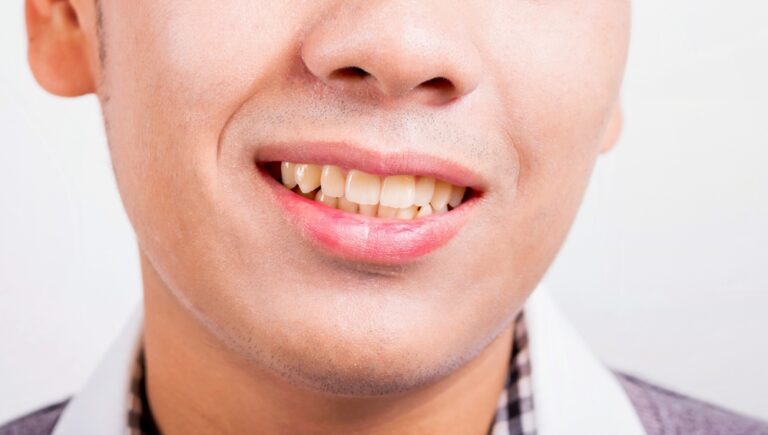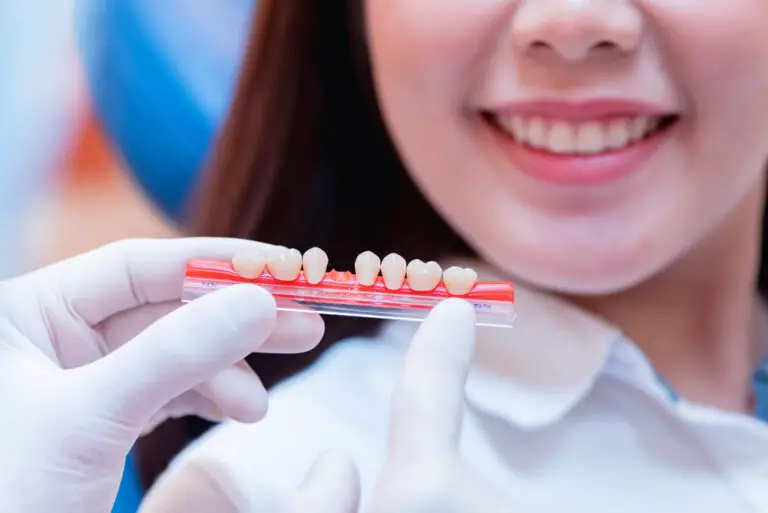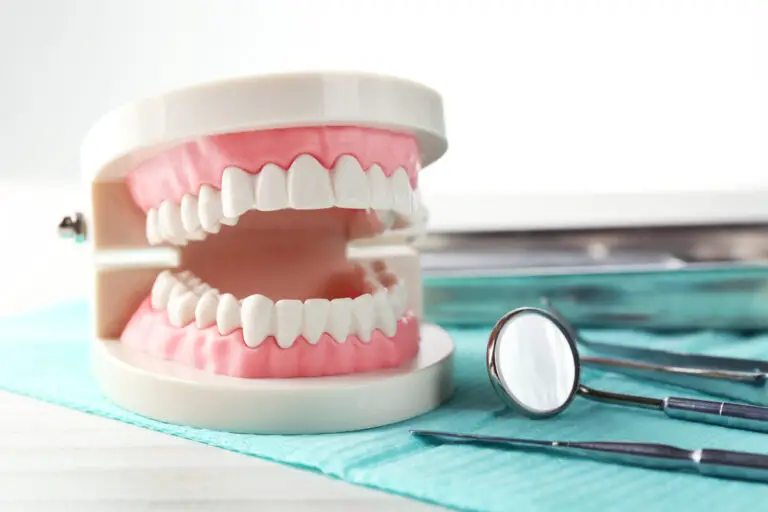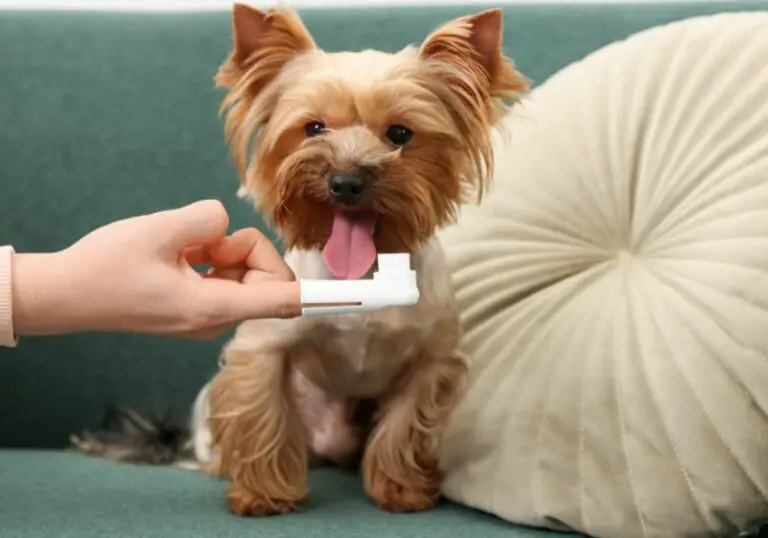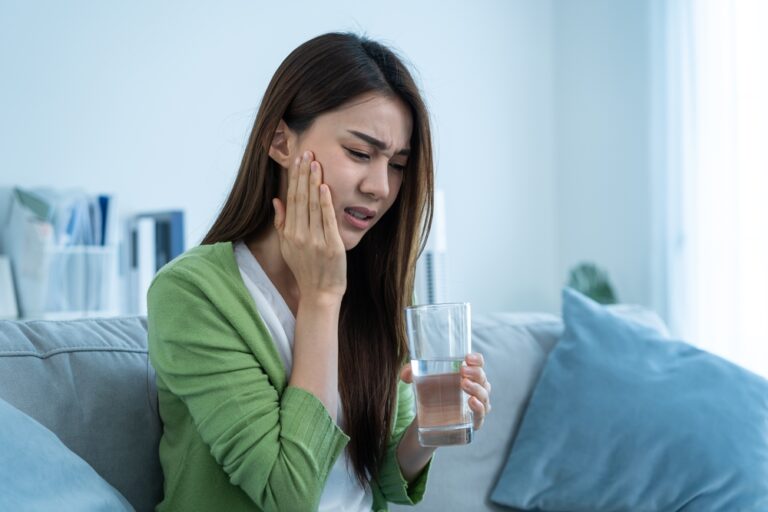Are you wondering when you can start brushing your teeth after a tooth extraction? It’s a common question for those who have recently undergone the procedure. Brushing your teeth is important for maintaining good oral hygiene, but you don’t want to cause any damage or pain to the extraction site.
After the first 24 hours, you can start brushing your teeth again, but you need to be careful. You should try to avoid the extraction site as much as possible. Use a soft-bristled toothbrush and be gentle when brushing around the area. If you experience any pain or discomfort, stop brushing and wait a few more days before trying again.
It’s also important to avoid using toothpaste on the extraction site for at least the first three to four days. Toothpaste can irritate the area and disrupt the healing process. Instead, rinse your mouth with warm salt water or a chlorhexidine solution to keep the area clean. By following these guidelines, you can help ensure a smooth and successful recovery after your tooth extraction.
Understanding Tooth Extraction
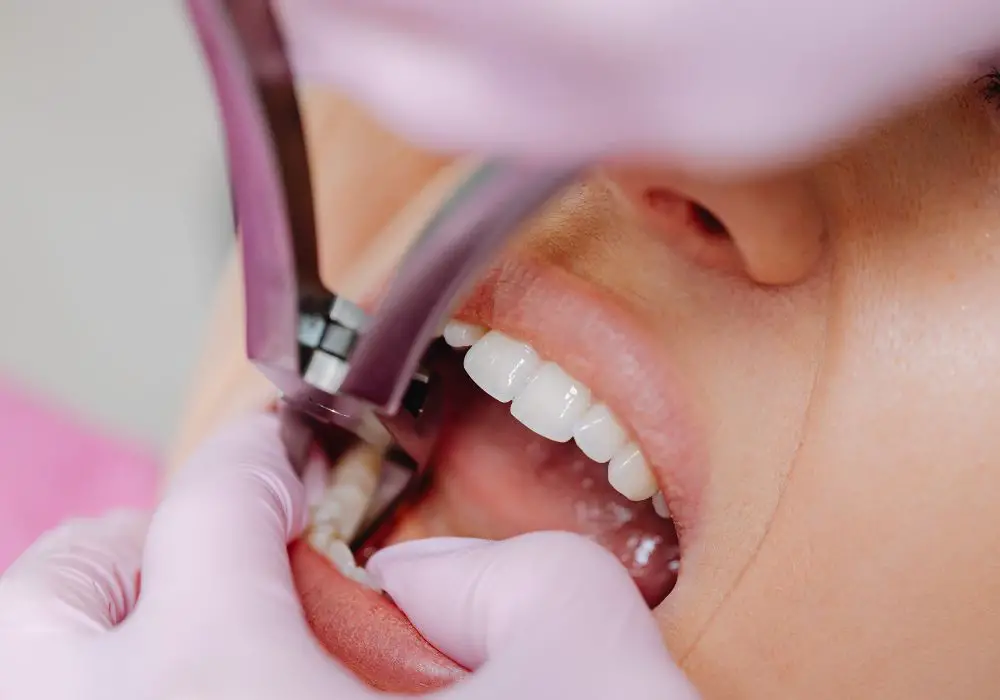
If you have a tooth that is causing you pain or discomfort, your dentist may recommend a tooth extraction. Tooth extraction is the process of removing a tooth from its socket in the jawbone. This procedure is usually done under local anesthesia, which numbs the area around the tooth being removed.
There are several reasons why you may need a tooth extraction. Some of the common reasons include:
- Severe tooth decay
- Gum disease
- Infection
- Crowded teeth
- Impacted wisdom teeth
Your dentist will examine your teeth and take X-rays to determine if a tooth extraction is necessary. If it is, they will explain the procedure to you and answer any questions you may have.
During the tooth extraction procedure, your dentist will use a special tool to loosen the tooth from its socket. Once the tooth is loose, your dentist will gently rock it back and forth until it comes out. You may feel some pressure during this process, but you should not feel any pain.
After the tooth extraction, your dentist will place a piece of gauze over the socket to help stop the bleeding. You will be given instructions on how to care for the extraction site and what to expect during the recovery process.
It is important to follow your dentist’s instructions carefully to ensure a smooth and speedy recovery. In the next section, we’ll discuss when you can start brushing your teeth after a tooth extraction.
When to Start Brushing
After tooth extraction, it is important to take care of your oral hygiene to prevent infection and promote healing. Brushing your teeth is an essential part of oral hygiene, but you need to be careful when doing so after tooth extraction.
It is recommended to wait at least 24 hours after tooth extraction before brushing your teeth. This gives the blood clot enough time to form and stabilize, which is essential for proper healing. Brushing too soon can dislodge the blood clot and cause a painful condition called dry socket.
Once the first 24 hours have passed, you can start brushing your teeth again, but you need to be extra gentle around the extraction site. Use a soft-bristled toothbrush and avoid brushing the extraction site directly for at least a week. Instead, use a gentle circular motion to brush the surrounding teeth and gums.
It is also important to rinse your mouth gently with warm salt water after brushing to help remove any food particles and reduce swelling. You should continue to brush your teeth twice a day, but be extra careful around the extraction site until it has fully healed.
In summary, you should wait at least 24 hours before brushing your teeth after tooth extraction. Once you start brushing again, be gentle and avoid the extraction site for at least a week. Remember to rinse your mouth with warm salt water after brushing to promote healing and prevent infection.
Precautions Before Brushing
Before you start brushing your teeth after a tooth extraction, it is important to take some precautions to avoid any complications. Here are some things to keep in mind:
Wait for the Right Time
It is important to wait for the right time before you start brushing your teeth after a tooth extraction. Most dentists recommend waiting at least 24 hours after the procedure before brushing your teeth. This gives the blood clot enough time to form and stabilize, which is crucial for the healing process.
Be Gentle
When you do start brushing your teeth after a tooth extraction, be gentle. Use a soft-bristled toothbrush and brush your teeth gently, especially around the extraction site. Avoid brushing too hard or using a back-and-forth motion, as this can dislodge the blood clot and delay the healing process.
Avoid the Extraction Site
When brushing your teeth after a tooth extraction, it is important to avoid the extraction site. Brush your teeth gently, but avoid the area where the tooth was removed. This will help prevent any irritation or damage to the site, which can delay the healing process.
Use Salt Water Rinse
In addition to brushing your teeth, you should also use a salt water rinse to keep your mouth clean after a tooth extraction. Mix half a teaspoon of salt in a glass of warm water and rinse your mouth gently four times a day. This will help keep your mouth clean and prevent any infections.
Avoid Smoking and Drinking
Smoking and drinking can delay the healing process after a tooth extraction, so it is important to avoid these activities for at least 24 hours after the procedure. Smoking can also increase the risk of dry socket, which is a painful condition that can occur when the blood clot is dislodged from the extraction site.
By following these precautions, you can ensure that your tooth extraction heals properly and avoid any complications.
Recommended Brushing Techniques
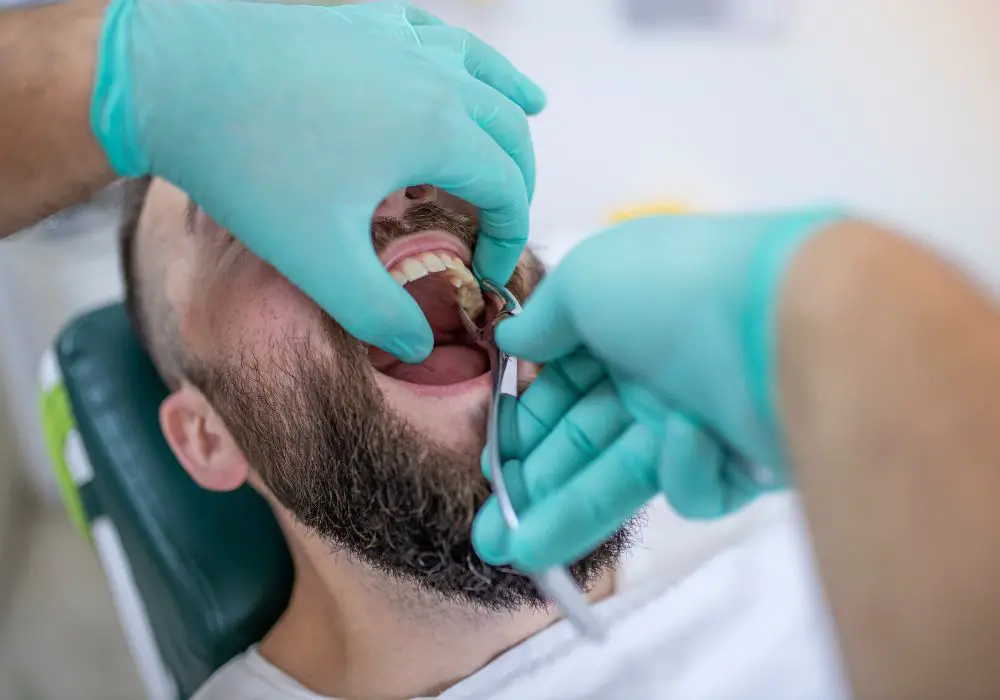
After a tooth extraction, it is essential to keep your mouth clean to promote healing and prevent infection. Brushing your teeth is an important part of maintaining good oral hygiene, but it is crucial to do it correctly to avoid damaging the extraction site. Here are some recommended brushing techniques to follow after tooth extraction:
Use a Soft-Bristled Toothbrush
Use a soft-bristled toothbrush to brush your teeth after extraction. This type of toothbrush is gentle on your gums and teeth and will not cause any damage to the extraction site. Hard-bristled toothbrushes can be too abrasive and may cause bleeding or pain.
Brush Gently
Brush your teeth gently, especially around the extraction site. Use a circular motion to clean your teeth and avoid scrubbing too hard. Be careful not to touch the extraction site with the toothbrush bristles. If you accidentally touch the area, rinse your mouth with warm salt water to prevent infection.
Wait to Brush
Wait at least 24 hours after the tooth extraction before brushing your teeth. This allows time for the blood clot to form and stabilize in the socket. Brushing too soon can dislodge the clot and cause a dry socket, which can be painful and delay healing.
Rinse with Salt Water
Rinse your mouth with warm salt water before and after brushing your teeth. This helps to keep the extraction site clean and reduces the risk of infection. Mix 1/2 teaspoon of salt with 8 ounces of warm water and rinse your mouth for 30 seconds.
Avoid Mouthwash
Avoid using mouthwash for the first few days after tooth extraction. Mouthwash can be too harsh and may irritate the extraction site. Instead, use warm salt water to rinse your mouth.
By following these recommended brushing techniques, you can keep your mouth clean and promote healing after tooth extraction. Remember to be gentle and avoid touching the extraction site with your toothbrush. If you experience any pain or bleeding, contact your dentist immediately.
Alternative Oral Hygiene Methods
Brushing your teeth after tooth extraction can be challenging, especially during the first few days after the procedure. If you are finding it difficult to brush your teeth with a toothbrush, there are alternative oral hygiene methods that you can use to keep your mouth clean and healthy. Here are some options:
Saltwater Rinse
Rinsing your mouth with saltwater is an effective way to clean your mouth after tooth extraction. It helps to reduce inflammation, prevent infections, and promote healing. To make a saltwater rinse, mix half a teaspoon of salt in eight ounces of warm water. Swish the solution around your mouth for about a minute, then spit it out.
Chlorhexidine Rinse
Chlorhexidine rinse is an antiseptic mouthwash that can help to prevent infections after tooth extraction. It is available over-the-counter at most drugstores. To use it, rinse your mouth with 0.12% chlorhexidine solution twice a day for at least a week after the procedure.
Dental Floss
If you are unable to brush your teeth, you can use dental floss to remove food particles and bacteria from between your teeth. Be gentle when flossing around the extraction site to avoid causing any irritation or bleeding. If you experience any discomfort, stop flossing and consult your dentist.
Oral Irrigator
An oral irrigator, also known as a water flosser, is a device that uses a stream of water to clean your teeth and gums. It is an effective alternative to brushing and flossing, especially for people with sensitive teeth or braces. However, it is important to avoid using an oral irrigator around the extraction site until it has fully healed.
Soft-bristled Toothbrush
If you must brush your teeth after tooth extraction, use a soft-bristled toothbrush to avoid irritating the extraction site. Brush gently and avoid the area around the extraction site. You can resume regular brushing after a few days, but be gentle and avoid any discomfort.
By using these alternative oral hygiene methods, you can keep your mouth clean and healthy after tooth extraction, even if you are unable to brush your teeth.
Potential Risks of Early Brushing
Brushing your teeth is an important part of maintaining good oral hygiene, but it is crucial to wait until the appropriate time after a tooth extraction. Brushing too soon can cause potential risks and complications.
Here are some potential risks of early brushing after tooth extraction:
- Dislodging the blood clot: Brushing too soon after tooth extraction can dislodge the blood clot that forms in the socket, leading to a painful condition called dry socket. This can delay the healing process and cause infection.
- Irritating the extraction site: Brushing too soon can also irritate the extraction site, causing pain and discomfort. This can lead to bleeding and swelling, which can prolong the healing process.
- Damaging the surrounding teeth: Brushing too vigorously can cause damage to the surrounding teeth, especially if you have an electric toothbrush or a hard-bristled toothbrush. This can lead to further dental problems and complications.
It is important to wait at least 24 hours after tooth extraction before brushing your teeth. When you do start brushing, be gentle and avoid the extraction site. Use a soft-bristled toothbrush and brush your teeth gently in a circular motion.
In addition to brushing, it is also important to maintain good oral hygiene by rinsing your mouth with salt water or a prescribed mouthwash, and avoiding smoking and drinking through a straw for at least 24 hours after tooth extraction.
Signs of Complications
After a tooth extraction, it is important to keep an eye on the healing process and watch out for any signs of complications. Here are some signs to look out for:
- Severe pain: Some pain and discomfort are normal after a tooth extraction, but if the pain becomes severe and does not improve with pain medication, it could be a sign of a complication such as dry socket or infection.
- Excessive bleeding: Some bleeding is normal after a tooth extraction, but if the bleeding does not stop after applying pressure for 45 minutes or if you are experiencing large amounts of blood loss, seek medical attention immediately.
- Swelling and fever: Swelling and fever are common after a tooth extraction, but if the swelling and fever persist for more than a few days or if they are accompanied by other symptoms such as difficulty breathing or swallowing, seek medical attention immediately.
- Difficulty opening your mouth: If you are experiencing difficulty opening your mouth or if you feel like your jaw is stiff, it could be a sign of a complication such as a blood clot or infection.
- Unpleasant taste or odor: If you are experiencing a foul taste or odor in your mouth, it could be a sign of an infection.
If you experience any of these signs of complications after a tooth extraction, it is important to seek medical attention immediately. Your dentist or oral surgeon can help diagnose the problem and provide appropriate treatment to ensure a speedy recovery.
Consulting Your Dentist
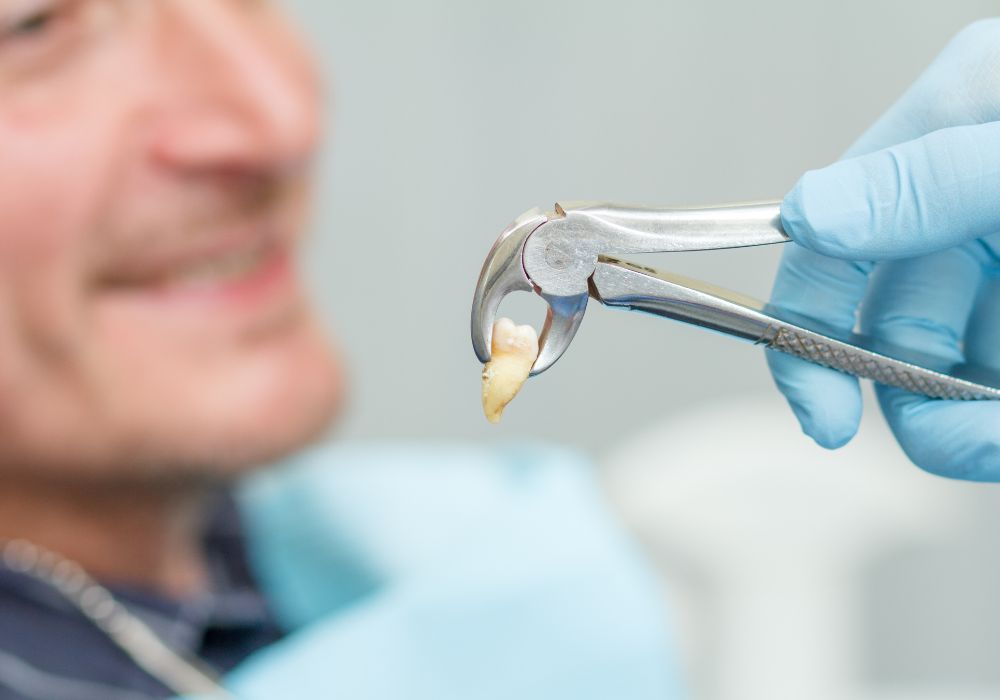
If you are unsure about when you can start brushing your teeth after tooth extraction, it is always best to consult your dentist. They can give you specific instructions based on your individual case.
During your post-operative check-up, your dentist will examine your mouth and determine if it is safe to start brushing your teeth. They may also recommend specific products or techniques to use when brushing to avoid irritating the extraction site.
It is important to follow your dentist’s instructions closely to ensure proper healing and avoid complications. If you experience any pain or discomfort while brushing, stop immediately and contact your dentist for further guidance.
Additionally, if you have any concerns or questions about your post-operative care, do not hesitate to reach out to your dentist. They are there to help you through the healing process and ensure the best possible outcome for your oral health.
Frequently Asked Questions
What can I eat after tooth extraction?
It is recommended to stick to soft foods like soup, yogurt, and mashed potatoes for the first few days after tooth extraction. Avoid hot and spicy foods, as well as hard and crunchy foods that can irritate the extraction site.
When can I stop rinsing with salt water after tooth extraction?
You should continue rinsing with salt water for at least the first 24 hours after tooth extraction. After that, you can switch to an antimicrobial mouthwash if recommended by your dentist.
When can I spit after tooth extraction?
Avoid spitting for the first 24 hours after tooth extraction. Spitting can dislodge the blood clot that is forming in the extraction site and delay the healing process.
How soon can you brush your teeth after a tooth extraction?
You should avoid brushing directly over the extraction site for the first few days after tooth extraction. After that, you can start brushing your teeth gently, being careful not to disturb the extraction site.
Can I toothbrush with toothpaste after tooth extraction?
You should avoid using toothpaste directly over the extraction site for the first few days after tooth extraction. After that, you can start using toothpaste, being careful not to brush too hard or disturb the extraction site.
What helps gums heal faster after extraction?
To help your gums heal faster after extraction, you should follow your dentist’s aftercare instructions carefully. This includes keeping the extraction site clean, avoiding smoking and alcohol, and taking any prescribed pain medication as directed.

